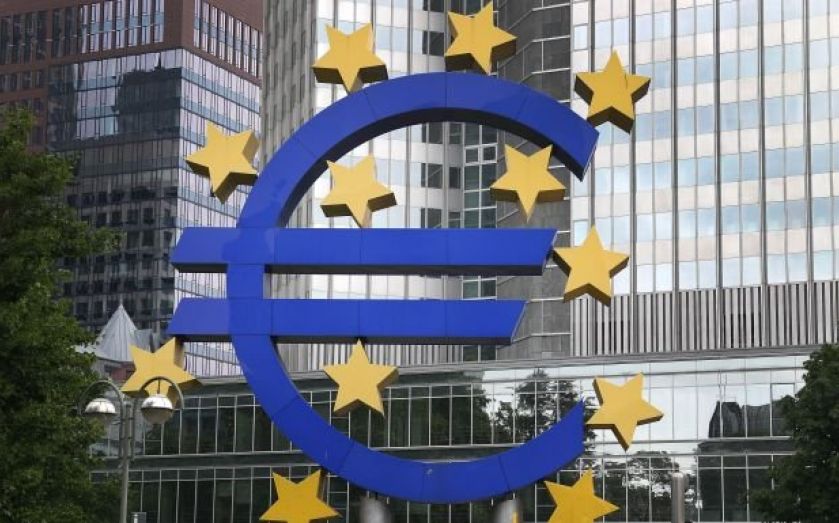| Updated:
Eurozone on track for growth: Service sector PMI at 38-month high

There are hopes that the Eurozone may be on track for growth, after July's Purchasing Managers' Index (PMI) showed that activity in the region's service sector had reached a 38-month high.
The figures, published by Markit, also showed that Eurozone business expanded at the second-fastest pace in three years as a buoyant service industry offset a lacklustre performance earlier in the year.
This progress has been made despite heightened geopolitical tensions caused by the crisis in Ukraine, raising hopes that we might see growth in the single currency area over the second half of 2014.
This marks an improvement on June's results, when poor manufacturing figures sparked concerns that the Eurozone's recovery was stalling.
Improvement across the Eurozone
The services PMI for the whole Eurozone was 54.2 in July, an increase from 52.8 in June. That helped drive up the Composite PMI to 53.8 from June's 52.8, and Markit said the data suggested the bloc's economy was growing at a quarterly rate of 0.4 per cent.
Germany's PMI was measured at 56.7, up from 54.6 in June. This marked a 37-month high for the country, and boosts hopes that German GDP will pick up in the third quarter.
Spain also saw an increase of 1.4 from 54.8 to 56.2 between June and July, indicating some recovery. France had gone through two consecutive months of contraction in the services activity prior to July, but last month saw PMI up at 50.4, compared to 48.2 in June.
"The surveys point to a gathering pace of growth in the region's major domestic economies, as signalled by the services-led upturns in countries such as Germany and Spain," said Chris Williamson, chief economist at Markit.
Italy, however, saw a slight dip in PMI, down to 52.8 from 53.9 in June. This indicates that Italy may be lagging behind Spain in terms of speed of recovery.
Challenges remain
The results shed a positive light on the Eurozone's recovery, but growth is likely to remain gradual because of the presence of a number of constraints, and the escalating tensions in Ukraine are likely to exacerbate these.
Unemployment remains relatively high, and decreases are likely to be subtle rather than marked in the near future.
Credit conditions are tight in a number of countries, making borrowing more difficult, and debt levels remain high in some cases. Also, while wage growth is limited, consumer spending will also remain relatively low.
"The worry is that this is still only generating very modest job creation. There's also a great deal of uncertainty as to which direction the pace of growth will take in coming months,” said Williamson.